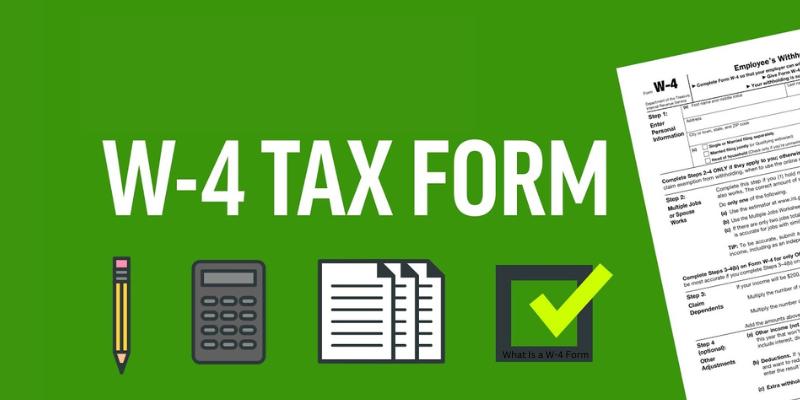What is the Credit Limit?
The credit limit is the maximum amount of money that your credit card lender allows you to use. This number varies from person to person. Based on a person’s financial history, income, credit score, debts, loans, etc., the credit limit is calculated by banks. This number varies from user to user.
Once you've reached your credit limit, you cannot borrow more. The credit card is said to be maxed out in such a case. A maxed-out credit card can affect credit scores and the ability to get more credit in the future. Credit limit shows your credibility of being able to return the money you’ve spent to the financial institution.
Factors affecting your credit limit
When a financial institution lends you a line of credit, it considers many factors. Some of them are as follows:
Your credit score and credit limit are key features of your financial portfolio. A good credit score ensures the credit lender of your credibility to return the debt on time. A long and good credit score, consistent payment of credit before the deadline, and optimal spending increase your credit score.
A higher credit score ensures a higher credit limit. The credit limit issued is very low if you’re entirely new to credit cards. The longer the credit history, the better the credit limit. Similarly, the better the credibility of your paying off the bills at the right time, the better the credit score.
A higher income ensures a higher credit limit. A higher income gives the lender the credibility that you can pay off the bills on time. This helps you get a higher credit score.
The debt-to-income ratio is the most important factor that determines your credit limit. If you have high debts to pay per month as compared to your income, then it is likely that your credit limit will be low. A low debt-to-income ratio ensures a higher credit limit.
Every company has different varieties of cards that they offer to lend you a line of credit. The credit limit varies according to the type of card as well. Certain cards provide a higher credit limit than other cards for the same financial portfolio.
All these factors determine what credit limit is assigned to an individual. If you opt to apply with a co-applicant, then the financial details of the co-applicant are also considered. Then the credit limit is decided.

Increasing your credit limit
Credit card lenders assign a credit limit that you cannot change. But you can keep up a good credit score, increase your income, pay off your credit bills on time and request an increase in credit limit. You can also request an increase in credit limit after receiving a raise. But the decision to increase your credit limit lies solely in the hands of the credit lender.
Advantages of increasing the credit limit
- On increasing your credit limit, you will have more flexibility in managing your budget, expenditure, and savings.
- When the credit limit increases and your expenditure remains the same, it will help you to increase your credit score. The more you save, the better your credit score gets.
Disadvantages of increasing the credit limit.
- An increase in credit limit might allow you to spend more and thus fall into credit debt.
- The checking process of your credit score might lower your credit score. Ask the credit card lender before proceeding with the process.
What happens when you spend more than your credit limit?
You max out your card when you spend more than your credit limit. All transactions are declined after that. The transaction gets carried on if you’ve allowed the usage while signing your documents for the same. But the credit card lender charges you with a penalty.
What is the Available Credit?
The available credit is the difference between the credit limit and the charges already levied on the card. The available balance gives you the amount of money you can spend until you reach your credit limit.
How much of the Available Credit can you spend?
You can spend 100% of the available credit. But, it is not advisable to do so. It is ideal for spending 30% of your available credit and saving 70%.
This ensures maintaining and improving your credit score. Further, keeping 70% of your available credit unused keeps the space for emergency funds in case of need. This protects you from falling into credit debt.
Increasing your Available Credit
You can also increase your available credit. The best way of doing that is by paying the credit statements on time every month. This ensures higher credibility and can later be used to increase your credit limit as well.
Available Credit vs Credit Limit

Image from Unsplash+ in collaboration with Sincerely media https://unsplash.com/photos/OhPcA6zyExo
Thus, the available credit is the amount of money you can spend without getting charged for it. The credit limit is the maximum amount of money your credit card lender has allowed you to borrow.
The available credit impacts your credit score. Whereas the credit limit does not directly impact the credit score.
Importance of Available Credit and Credit Limit
The available credit and credit limit help set a target and protect you from falling into a credit spiral. Both of them are important features in your financial portfolio. Maintaining them and not crossing the limits increases your financial credibility.
FAQs
1. Can I spend my entire available credit?
Yes, you can spend your entire available credit. But, it is ideal for spending only 30% of your available credit to maintain a good credit score. This also ensures you have enough emergency funds in case of need.
2. How can I increase my credit limit?
You can increase your credit limit by paying your credit statements on time, keeping a good debt-to-income ratio, trying to increase your income, and then requesting an increase from your lender.
3. Why did my credit limit increase automatically?
Sometimes the credit card lender can increase your credit limit automatically if they view your financial credibility as good. Maintaining a good debt-to-income ratio, a good credit score, and paying off your credit statements on time maintain this financial credibility.
4. What is the difference between available credit and balance?
Your balance is the total of all the transactions that you’ve made. While your available credit is the amount of money, you can spend until you reach the maximum i.e. the credit limit of your card.
5. What does a negative available credit refer to?
A negative available credit means that the credit card lender owes you money. This can happen due to you paying off credit statements way before deadlines and keeping up a great credit score.
Summing up, available credit and credit limit are essential features in your financial credibility.
Available credit shows you the amount of money you can spend until you reach your credit limit. Credit limit, however, shows you how much the credit lender is willing to lend to you. You should always try not to go beyond these two limits to maintain a good credit score and improve it later on.



